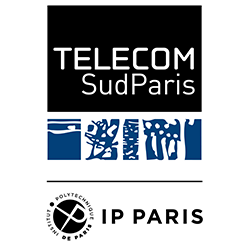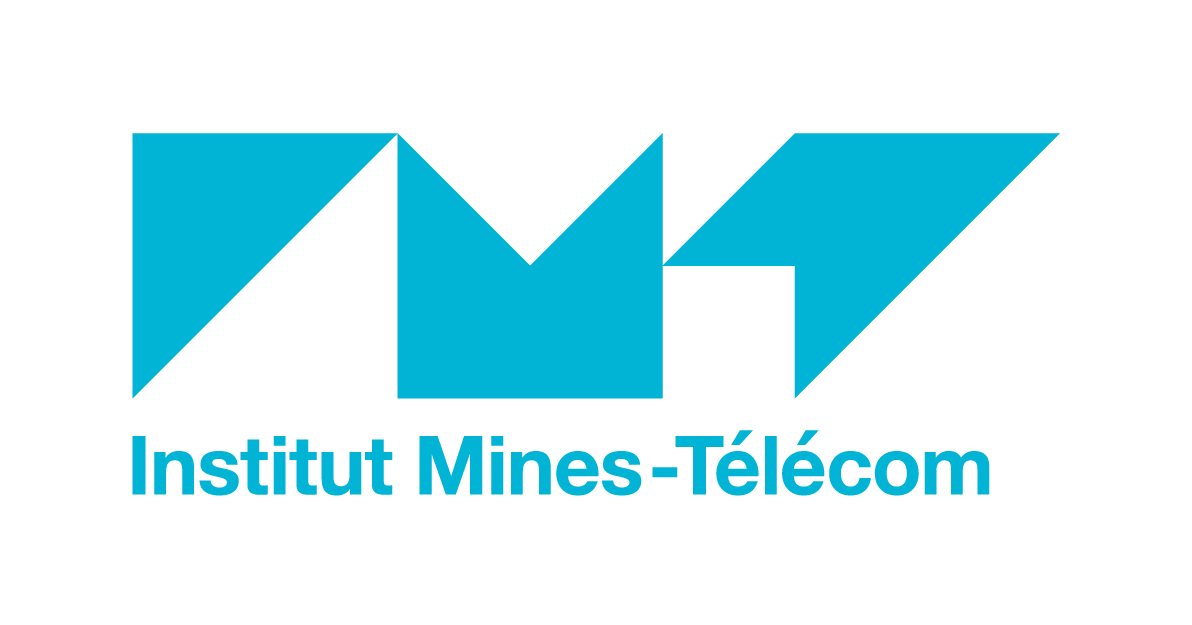Local Software installations
Installation of JAVA, Maven, net tools, and Eclipse
Installation of JAVA and Maven
Let us start by checking the Java installation. Version 21 is recommended. In TSP lab rooms B313 and 3a401, by default, your account is configured to use JAVA version 21.
Check the content of the JAVA_HOME environment variable.
If the variable does not exist, you should create it by adding the following two lines into your shell configuration file ~/.bashrc in order to point to the installed JAVA version:
If you do not have a JDK 21 version, you should first install it. Be careful! A JRE is not sufficient for compilation.
Instructions for installing OpenJdk: http://openjdk.java.net/install/. Link to JDK version 21.
Instructions for installing Maven: https://maven.apache.org/download.cgi.
Installation of net tools
In order to verify which servers are running, we use two OS packages: net-tools and lsof. Verify that they are installed in your system. From the net-tools package, we will use the netstat command. In some linux OS they may be installed with this command (to be adapted to your system) :
Installation of Eclipse
If Eclipse is already installed, check your installation:
- Menu Help, About Eclipse, whenever possible run the distribution "Eclipse Java EE IDE for Java and Web Developers" version.
-
Menu Help, About Eclipse, Installation
Details, Plug-ins, check that the following
plug-ins are installed:
- Checkstyle Plug-in,
- SpotBugs Plug-in.
The URL for instructions for installing Eclipse is http://www.eclipse.org/. In the installer, choose "Eclipse IDE for Java EE Developers". Install the plug-ins with the Eclipse Marketplace (menu Help, Eclipse Marketplace...).
Installation of docker
Follow the instructions on the docker installation page (e.g. on ubuntu).
To be able to run docker containers, you should be added to the docker group.
First create the docker group if it does not yet exist.
Then add your login to the list of the docker group members, and activate the changes to the group.

